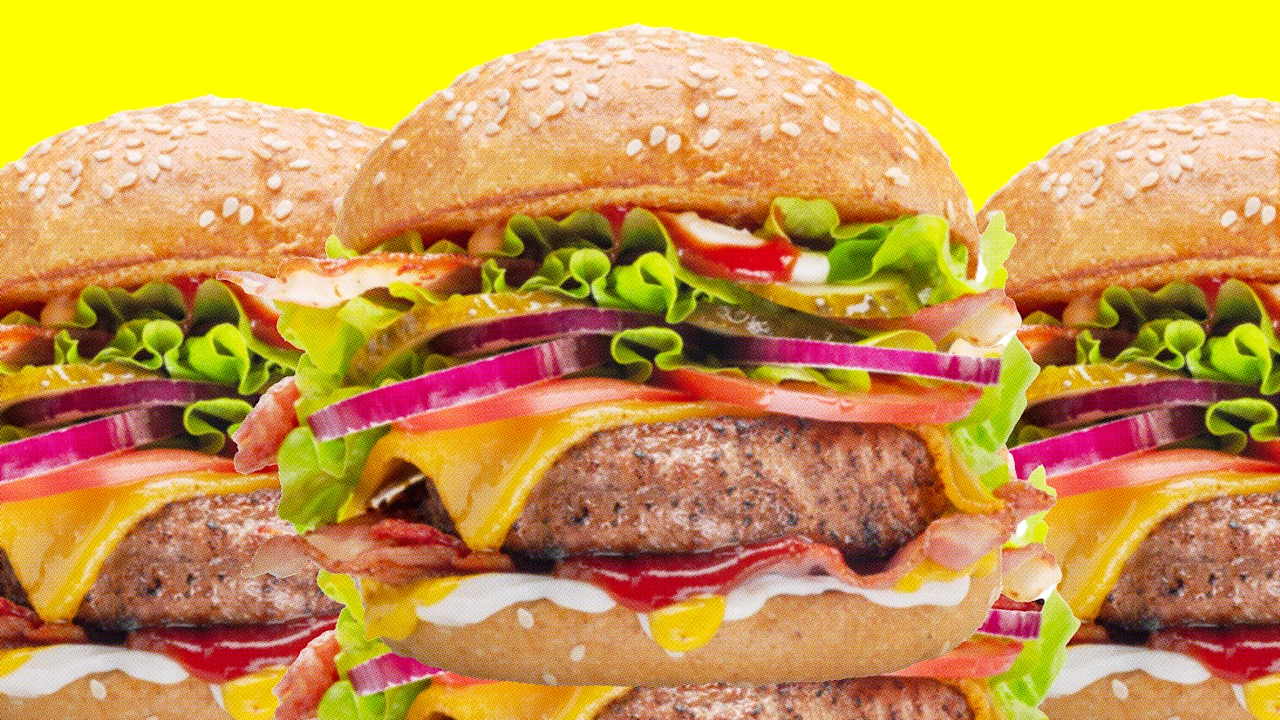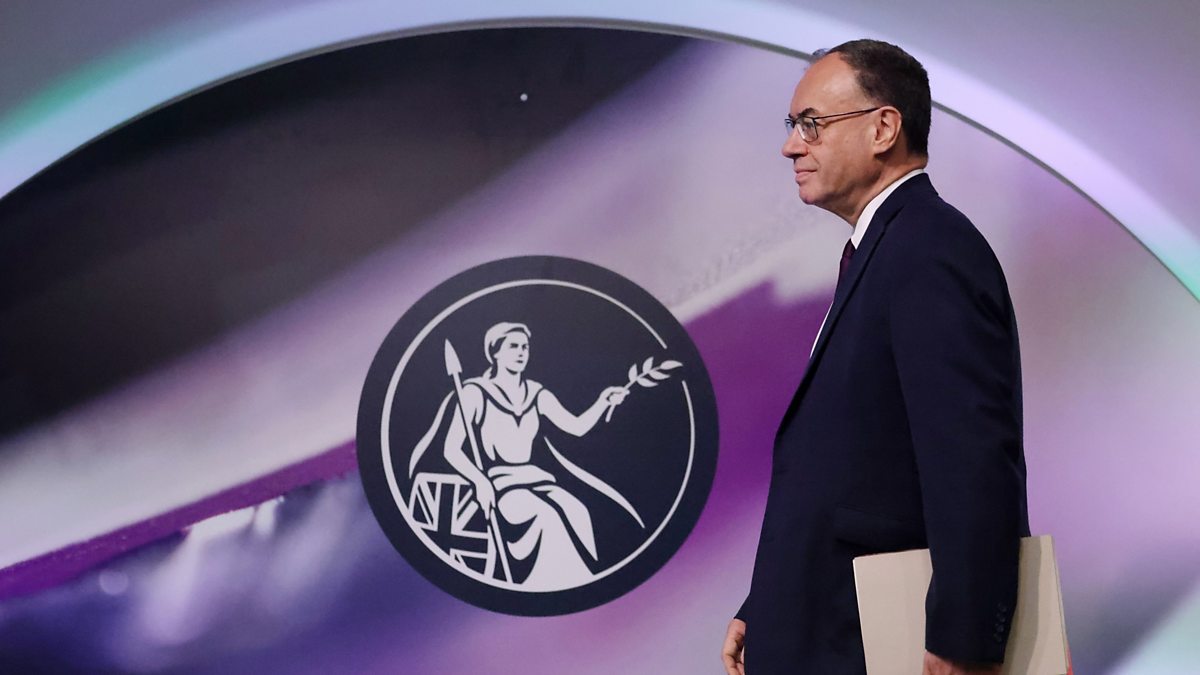Cultured meat lost its sizzle, but it’s finally finding a place in the food world
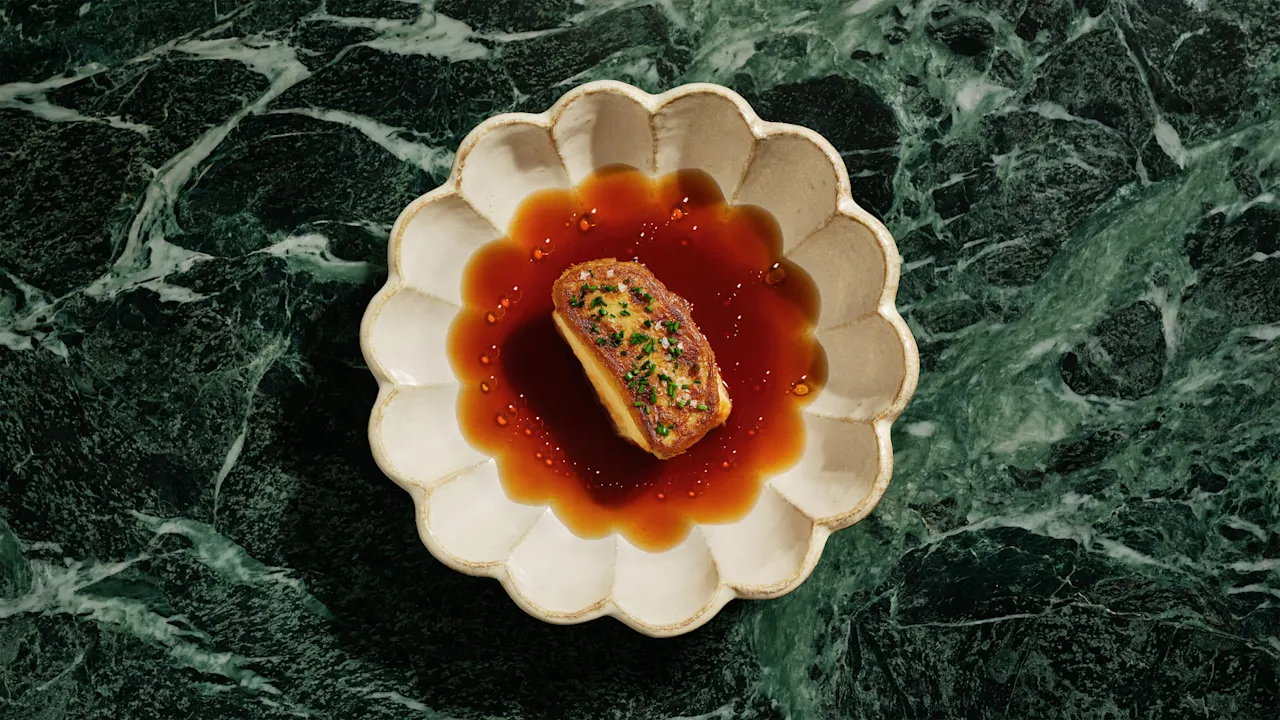
In the late 2010s, cultured meat was everywhere—and yet nowhere. From Reddit to major magazine covers, articles touted the latest advances in “lab-grown meat,” promising cruelty-free, environmentally friendly steaks at your local supermarket. The hype was palpable.
One 2019 report predicted cultured meats would halve the number of cows on the planet by 2030, disrupting the world’s oldest industry by delivering ethical meat with negligible environmental impact that tasted identical to traditional meat—and at a fraction of the price.
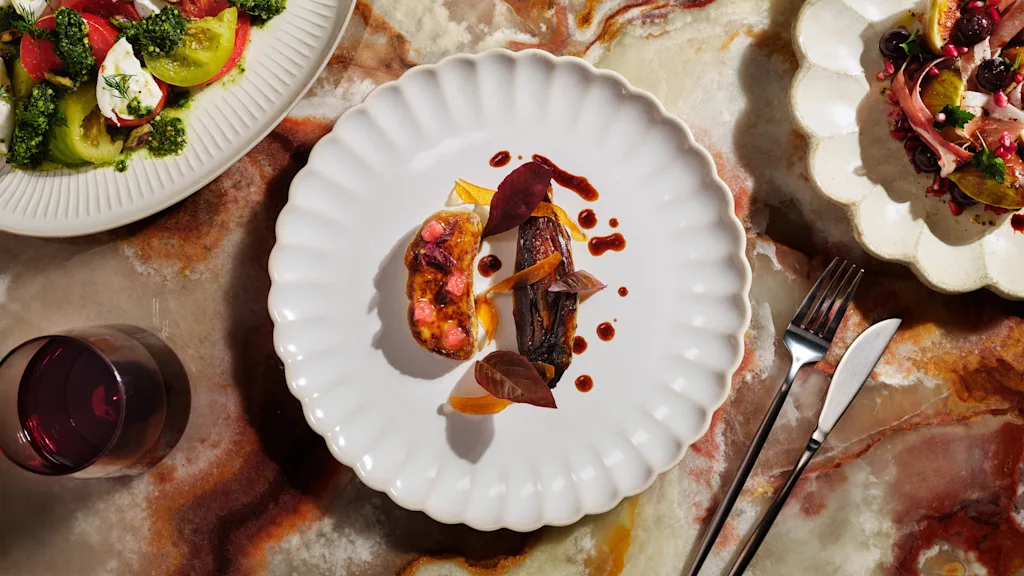
That promise of rapid disruption terrified conventional animal agriculture stakeholders. Under pressure from these livestock constituents, lawmakers in multiple states have banned this new protein source entirely. Florida and Alabama passed bans in 2024, with more states following. Indiana imposed a manufacturing moratorium with steep fines, Nebraska prohibited its production and sale, and Montana’s governor signed legislation to ensure consumers could “continue to enjoy authentic meat.”
In June, a Texas ban became law, with the state’s agriculture commissioner touting the “God-given right” to pasture-raised meat—even though the vast majority of what Americans eat comes from industrial feedlots.
But here’s the irony: Lawmakers are fighting a version of cultured meat that never materialized. Today, while you can eat cultured meat at more than 60 venues in Singapore and Australia, and cultured seafood at two restaurants in the U.S. at the time of this writing, it’s far from the rapid disruption that was forecasted. More than a decade after the world’s first cultured hamburger was announced, the hype has virtually disappeared.
The reality of how and why this all transpired is complicated. However, we would argue that what we’re witnessing isn’t industry failure, but the natural evolution of a transformative invention finding its true market fit. Cultured meat technology works; what needed adjustment were the timelines and business models that promised too much, too quickly, and to replicate conventional meats that people already enjoy en masse.
Rather than viewing this as a setback, some in the industry are discovering something potentially more valuable: sustainable, scalable pathways to market that don’t require displacing existing agriculture but can grow alongside it. As the industry turns the page to a new chapter, once uncertain regulatory pathways are now established in multiple countries.
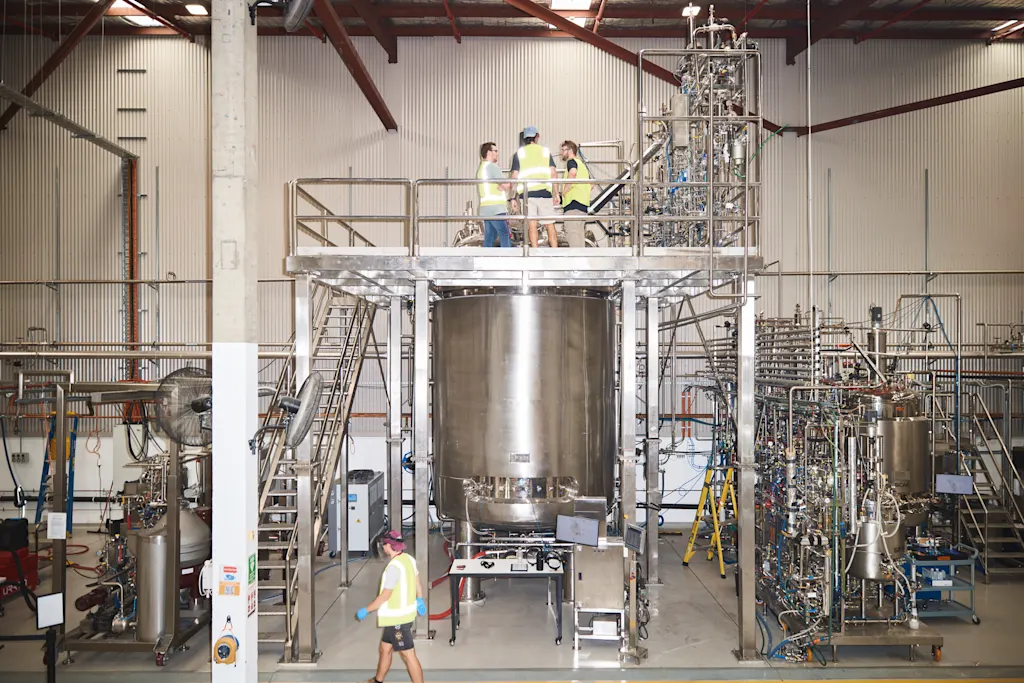
The technology itself continues to advance. Production yields are improving, costs are declining, and new species beyond traditional livestock are proving viable for cultivation.
More importantly, early market success demonstrates genuine consumer appetite. In Singapore, where cultured meat has been available the longest, restaurants report strong repeat customers and growing demand. In Australia, where cultured meat became available at dozens of restaurants in recent weeks, initial sales and demand for the items are taking off.
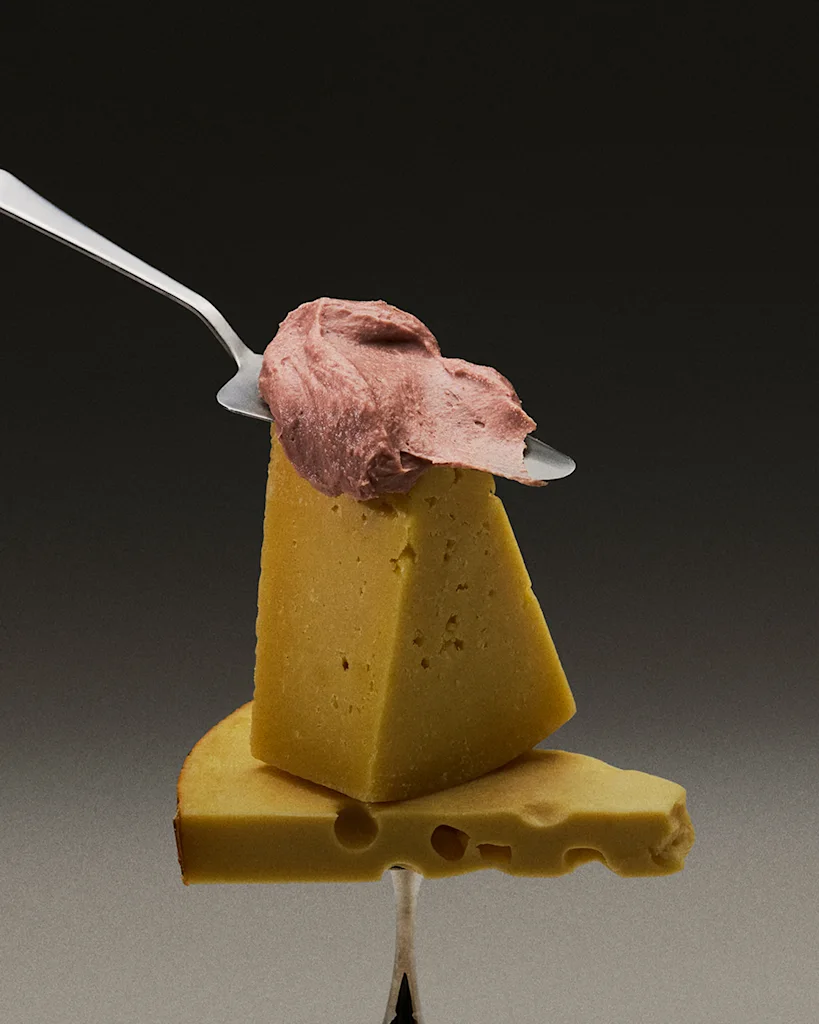
This suggests cultured meat purveyors aren’t just scratching a theoretical itch, but delivering real value and excitement that consumers recognize and seek out.
This reality is leading to a strategic pivot that may actually benefit both the industry and consumers: innovation over imitation. Rather than trying to perfectly replicate a chicken wing or rib-eye steak—products that traditional animal agriculture already produces and consumers are accustomed to—companies that are finding success are creating entirely new culinary experiences that excite chefs and diners alike.
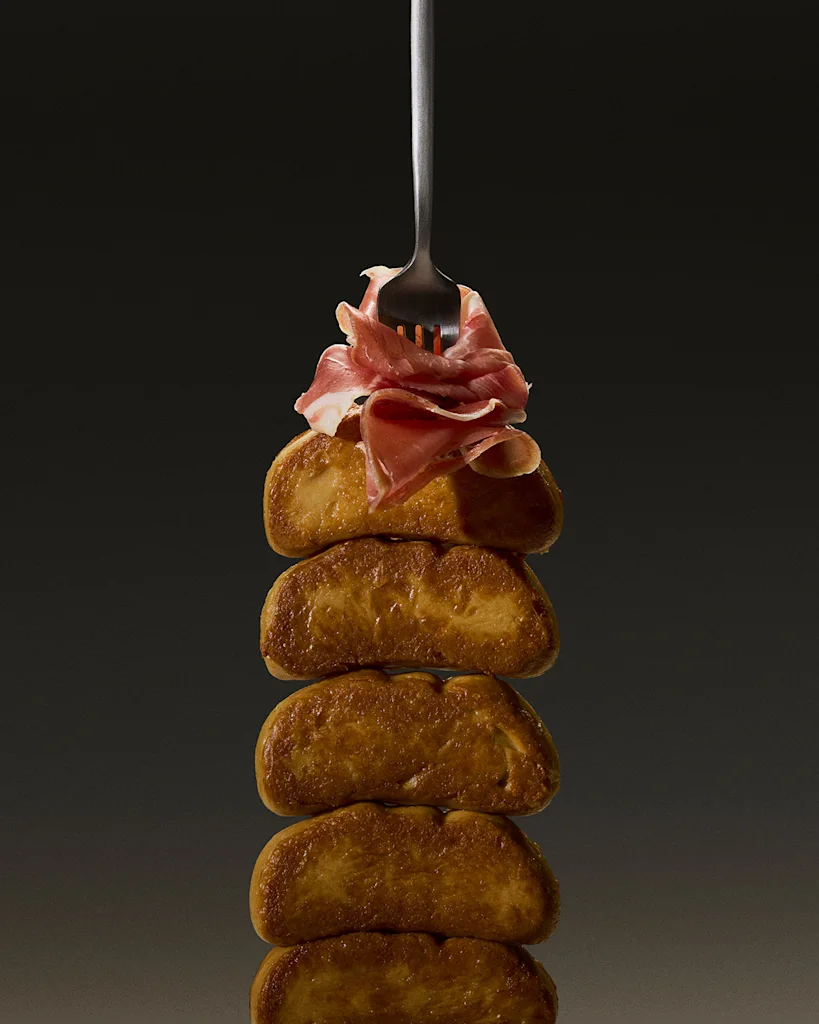
Take Japanese quail, a species that demonstrates cultivated meat’s unique advantages. Traditional quail foie gras is impossible to produce commercially—the birds are so petite that conventional methods are prohibitively labor-intensive, and the production process itself remains controversial.
Japanese quail, however, proves remarkably well-suited for cultivation technology, enabling the creation of previously undoable delicacies like foie gras, whipped pâté, and even edible tallow candles.
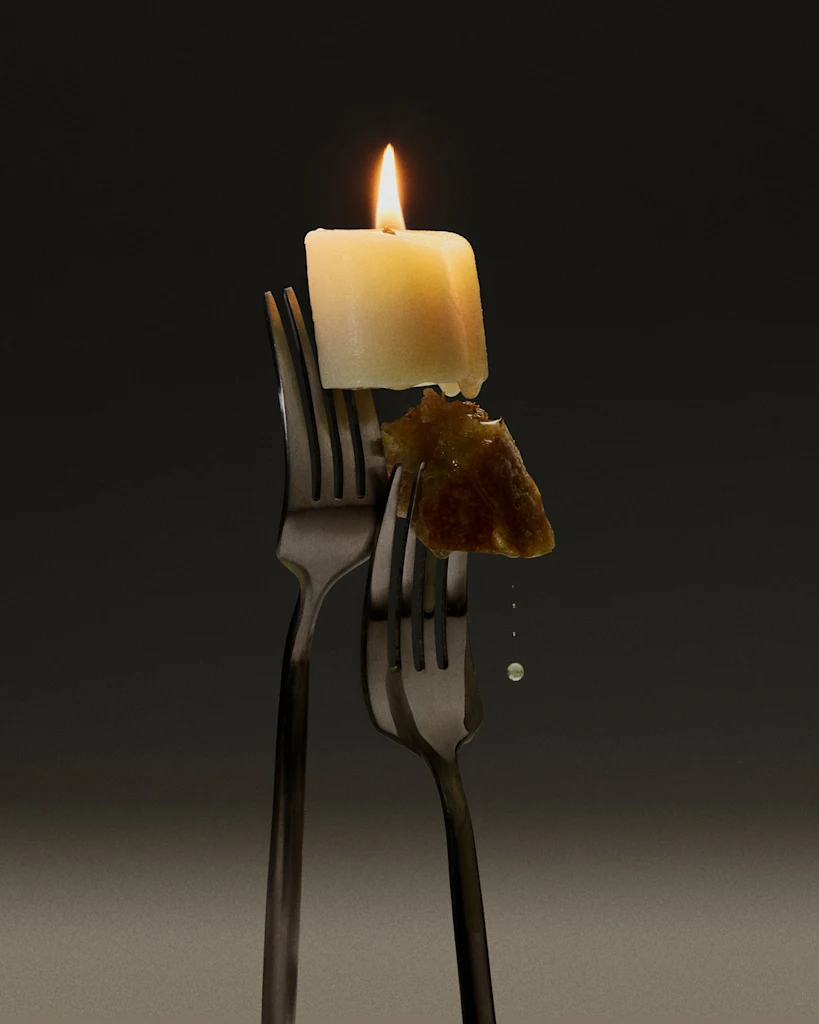
And Vow can make a lot of it. The company recently completed the largest cultured meat harvest in history: more than one metric ton of quail. And it projects it will have the capacity, by the end of 2025, to harvest up to 130 metric tons annually.
While that’s still minimal compared with the 12.29 million metric tons of beef American farmers produced in 2023 and 2024, it is proof that cultured meat can offer consumers genuinely new choices and advance consumer acceptance. It’s an illustration of how the industry can position itself as expanding culinary possibilities while avoiding potential conflicts with traditional agriculture.
Rather than letting politicians dictate what should be on our plates in order to protect incumbent industries, we should trust consumers to decide for themselves. When given the freedom to choose, consumers are embracing these innovations as exciting additions to culinary experiences, the evidence suggests. That’s a decision best left to diners, not lawmakers.
What's Your Reaction?
 Like
0
Like
0
 Dislike
0
Dislike
0
 Love
0
Love
0
 Funny
0
Funny
0
 Angry
0
Angry
0
 Sad
0
Sad
0
 Wow
0
Wow
0











